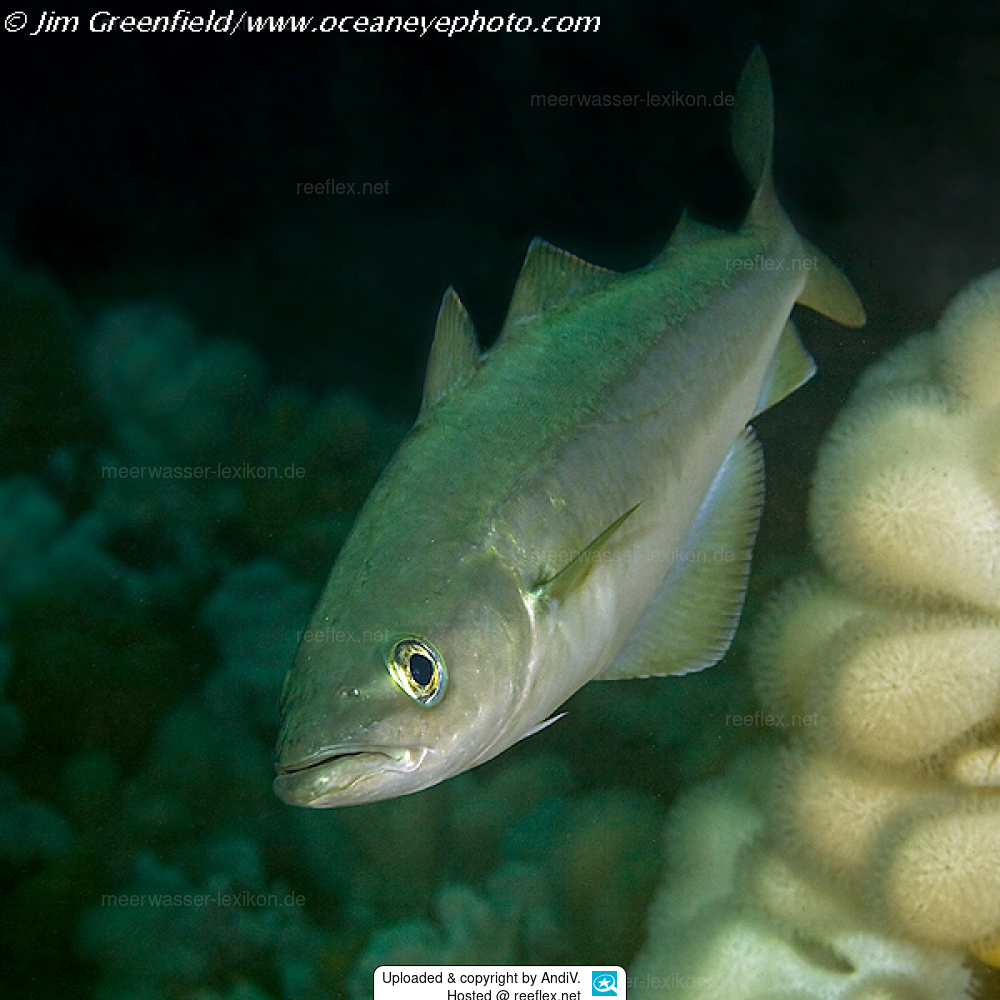Info
(Linnaeus, 1758)
Special thanks for the foto to Anders Salesjö, Sweden.
Distribution
Northeast Atlantic: Iceland, the Faeroes and Norway to the Bay of Biscay; also southern Baltic Sea with records from Poland, Latvia and Estonia.
Biology
Found in inshore waters but also down to 200 m depth, in areas with hard bottoms.
Juveniles are pelagic, spending 2-3 years near the coast including rocky areas, kelp beds, sandy shores and estuaries.
Juveniles may form schools with saithe (Pollachius virens), and have also been found solitary and defending its feeding territory.
Larger individuals move to the open sea and are often found around rocky areas at 40-100 m depth.
Also observed around shipwrecks and oil platforms.
Occurs singly or in small dispersed shoals but is known to form dense shoals on spawning grounds. Suggested to undertake spawning migrations. Caught as bycatch in cod and saithe fisheries. Flesh is dry but of good flavor.
Classified as a “hearing generalist”, has also been found to produce sound.
Juveniles have been reported to make repeated short grunts during competitive feeding and aggressive encounters.
Synonyms:
Gadus lycostomus Faber, 1828
Gadus pollachius Linnaeus, 1758 (synonym)
Gadus viridis Gronow, 1854
Merlangus pollachius (Linnaeus, 1758)
Pollachius linnei Malm, 1877
Pollachius typus Bonaparte, 1846
Special thanks for the foto to Anders Salesjö, Sweden.
Distribution
Northeast Atlantic: Iceland, the Faeroes and Norway to the Bay of Biscay; also southern Baltic Sea with records from Poland, Latvia and Estonia.
Biology
Found in inshore waters but also down to 200 m depth, in areas with hard bottoms.
Juveniles are pelagic, spending 2-3 years near the coast including rocky areas, kelp beds, sandy shores and estuaries.
Juveniles may form schools with saithe (Pollachius virens), and have also been found solitary and defending its feeding territory.
Larger individuals move to the open sea and are often found around rocky areas at 40-100 m depth.
Also observed around shipwrecks and oil platforms.
Occurs singly or in small dispersed shoals but is known to form dense shoals on spawning grounds. Suggested to undertake spawning migrations. Caught as bycatch in cod and saithe fisheries. Flesh is dry but of good flavor.
Classified as a “hearing generalist”, has also been found to produce sound.
Juveniles have been reported to make repeated short grunts during competitive feeding and aggressive encounters.
Synonyms:
Gadus lycostomus Faber, 1828
Gadus pollachius Linnaeus, 1758 (synonym)
Gadus viridis Gronow, 1854
Merlangus pollachius (Linnaeus, 1758)
Pollachius linnei Malm, 1877
Pollachius typus Bonaparte, 1846







 AndiV
AndiV









